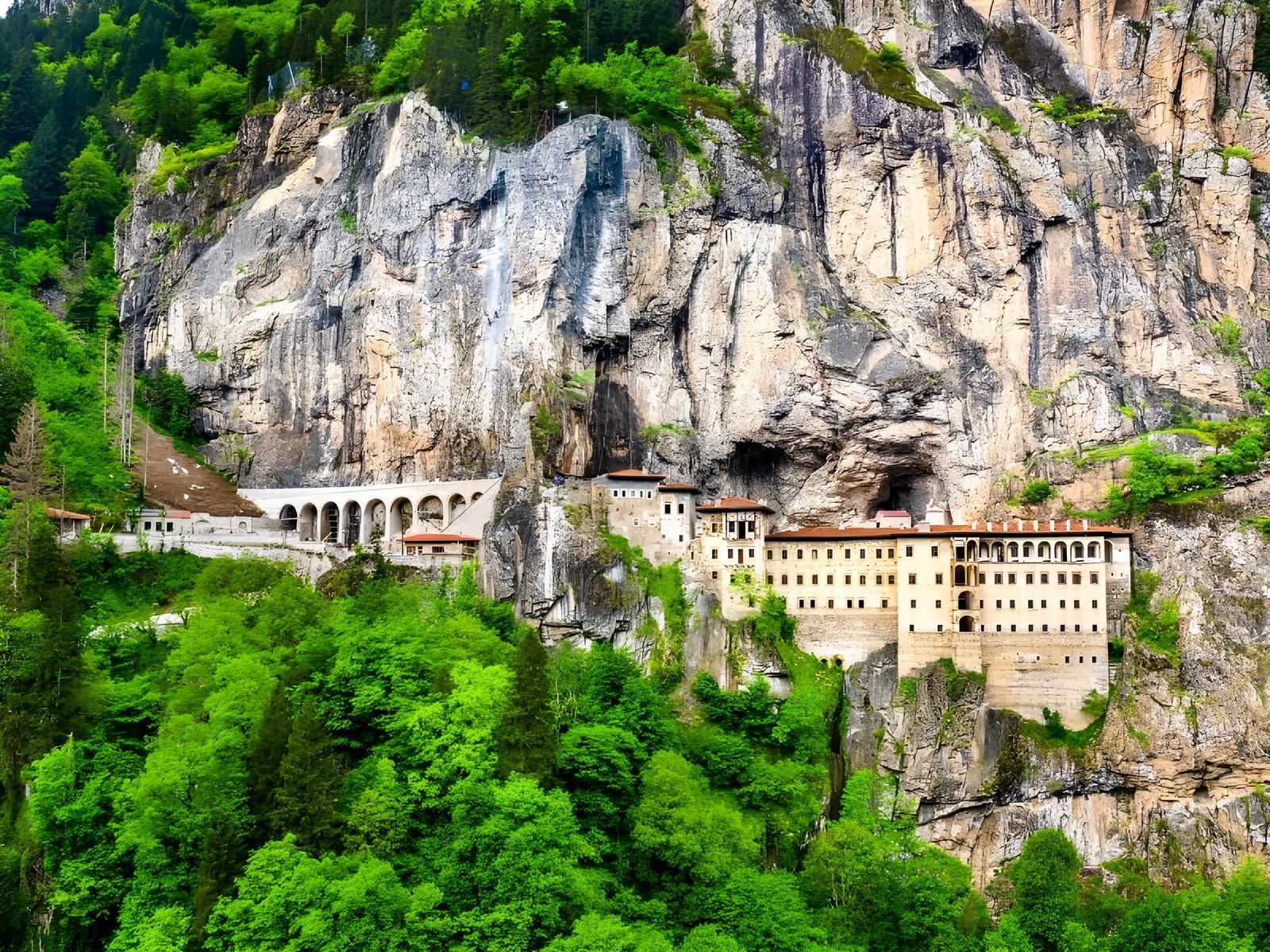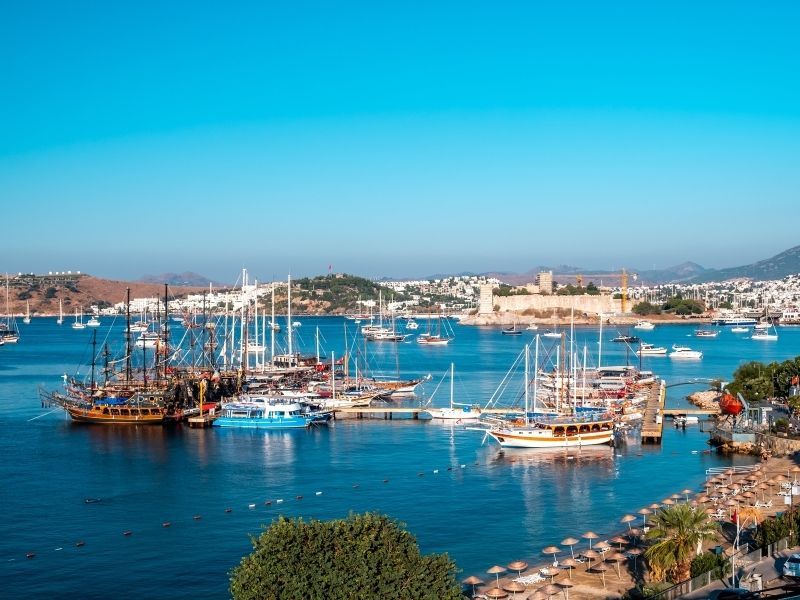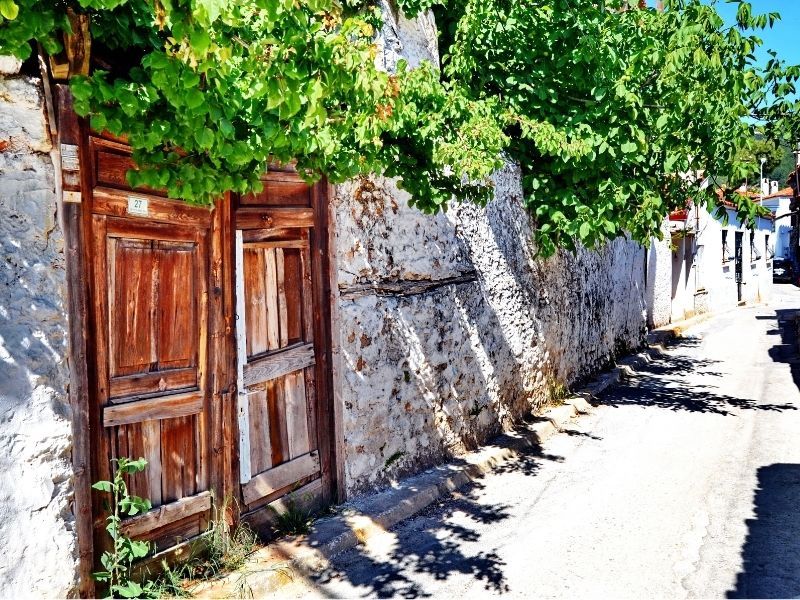Exploring Historic Properties in Türkiye
Guide in Türkiye

Exploring historic properties in Türkiye offers a unique opportunity to connect with the country’s rich cultural heritage and architectural diversity. With its long history, stretching back to ancient civilizations such as the Hittites, Romans, Byzantines, and Ottomans, Türkiye is home to a wide range of historic buildings, each telling its own story. From the majestic palaces and fortresses of Istanbul to the ancient ruins in Ephesus and the fairy chimneys of Cappadocia, historic properties in Türkiye provide a fascinating glimpse into the past.
Many of these properties, including Ottoman-era mansions, Roman baths, and Byzantine churches, are located in prime locations, often in bustling city centers or tranquil countryside settings, offering a rare combination of history and modern-day amenities. For those interested in preservation and restoration, Türkiye also provides opportunities to purchase and invest in these properties, which can be transformed into luxurious residences, boutique hotels, or cultural centers.
In addition to their historical and architectural significance, owning a historic property in Türkiye can be an investment in the country's tourism and growing real estate market. The government has also implemented various incentives to preserve these structures, ensuring that their beauty and historical value are protected for future generations. Whether you're a history enthusiast, an investor, or someone looking to live amidst the charm of ancient Türkiye, exploring the country’s historic properties is a truly rewarding experience.
Türkiye's Most Iconic Historic Properties: Which Buildings to Visit?
Türkiye is home to some of the most iconic historic properties in the world, each reflecting its rich cultural tapestry and diverse architectural heritage. Whether you're an architecture enthusiast, a history buff, or a traveler seeking to explore the past, visiting these remarkable buildings offers a glimpse into the country's fascinating history. Here are some of the must-visit historic properties in Türkiye:
Topkapi Palace (Istanbul): Once the opulent residence of Ottoman sultans, Topkapi Palace is one of Istanbul’s most iconic landmarks. With its intricate courtyards, grand rooms, and breathtaking views over the Bosphorus, the palace offers visitors a chance to explore Ottoman history, culture, and art in an exquisite setting.
Hagia Sophia (Istanbul): Originally built as a Byzantine cathedral, Hagia Sophia has served as a mosque and is now a museum. Its stunning architecture, featuring massive domes and intricate mosaics, symbolizes the fusion of Christianity and Islam, making it one of the most important monuments in the world.
Ephesus (Selçuk): The ancient city of Ephesus is home to some of the best-preserved ruins of the Roman Empire. The Library of Celsus, the Great Theatre, and the Temple of Artemis (one of the Seven Wonders of the Ancient World) are just a few of the breathtaking sights that transport visitors back to the grandeur of ancient civilizations.
Cappadocia (Nevşehir): Famous for its unique rock formations and cave dwellings, Cappadocia is a region filled with historic properties carved into soft volcanic rock. The Göreme Open-Air Museum, with its ancient frescoes and churches, and the fairy chimneys of Pasabag are just a few highlights of this otherworldly destination.
Pamukkale (Denizli): Known for its stunning white travertine terraces formed by mineral-rich thermal waters, Pamukkale has been a natural thermal spa for thousands of years. The ancient city of Hierapolis, built next to the terraces, offers visitors the chance to explore Roman ruins alongside the natural beauty of the site.
Bodrum Castle (Bodrum): Overlooking the Aegean Sea, Bodrum Castle was built by the Knights of St. John in the 15th century. Today, it houses the Museum of Underwater Archaeology and offers spectacular views of the coastline, making it a perfect blend of history, architecture, and scenery.
Sumela Monastery (Trabzon): Situated high on a cliff in the Pontic Mountains, Sumela Monastery is an awe-inspiring Greek Orthodox monastery that dates back to the 4th century. The monastery’s stunning frescoes and its dramatic location amidst lush green forests make it a must-visit for history and nature lovers alike.
These historic properties represent just a fraction of Türkiye’s architectural wealth, with each site telling a unique story that spans millennia. Whether exploring Ottoman palaces, Roman ruins, or Byzantine churches, Türkiye offers a truly immersive experience for anyone interested in its rich history and culture.
Historical Properties by Region: Anatolia's Rich Heritage
Anatolia, one of the most historically significant regions in the world, is home to a rich heritage that spans multiple civilizations, cultures, and epochs. From ancient Hittite cities to Byzantine and Seljuk architectural masterpieces, Anatolia is a treasure trove of historical properties that reflect its deep cultural and architectural diversity. Key sites like the ancient city of Hattusa, the capital of the Hittite Empire, offer a glimpse into early urban planning and monumental stone structures. Similarly, the ancient ruins of Ephesus, a UNESCO World Heritage Site, provide insight into the grandeur of Roman civilization. In the heart of Anatolia, the Seljuk-period structures such as the Alaybey Mosque and the Great Mosque of Konya showcase intricate Islamic art and architecture. Additionally, the fairy-tale landscapes of Cappadocia, with its rock-cut churches and cave dwellings, reveal a fascinating blend of nature and history. These historical properties across Anatolia not only highlight the region's past glory but also serve as a testament to its enduring cultural legacy.
The Importance of Historic Properties: Ways to Protect Our Cultural Heritage
Historic properties are not just physical structures; they are tangible connections to our past, offering valuable insights into the cultures, traditions, and civilizations that shaped our present. Preserving these properties is crucial, as they help maintain a sense of identity, foster national pride, and provide educational opportunities for future generations. Protecting historic buildings, monuments, and sites ensures that the stories of past societies are passed on, allowing us to learn from their successes and challenges. To protect our cultural heritage, it's important to implement effective conservation techniques, invest in sustainable restoration methods, and raise awareness about the value of historic preservation. Additionally, collaboration between governments, communities, and conservation experts can help safeguard these properties against threats such as natural disasters, urbanization, and neglect. By preserving historic properties, we not only protect our past but also enrich the cultural fabric of our societies for years to come.
Things to Consider When Visiting Historic Properties in Türkiye
When visiting historic properties in Türkiye, there are several important factors to consider to ensure an enriching and respectful experience. First, research the history of the site to fully appreciate its significance. Türkiye is home to a wide range of ancient landmarks, from Greco-Roman ruins to Ottoman palaces, each with its own unique story. Understanding the cultural and historical context enhances your visit.
Second, be mindful of preservation efforts. Many historic properties in Türkiye are protected as UNESCO World Heritage Sites or national monuments, and it’s important to respect any guidelines aimed at preserving these treasures for future generations. Avoid touching fragile artifacts, and follow designated paths to prevent damage to the site.
Third, consider the accessibility of the site. Some historic properties, such as those in remote areas like Cappadocia or the ancient ruins of Ephesus, may require a bit of physical exertion to reach. Wear comfortable shoes, bring water, and plan your trip accordingly, especially during the summer when temperatures can be high.
Additionally, it's essential to respect local customs and traditions, especially when visiting religious sites like mosques or Byzantine churches. Dressing modestly and being considerate of ongoing services or ceremonies will help ensure a positive and respectful interaction.
Lastly, support local communities by purchasing souvenirs that reflect the cultural heritage of the area, rather than mass-produced items. This contributes to the preservation of traditions and helps sustain the local economy.
By keeping these factors in mind, you can ensure a meaningful and responsible visit to Türkiye’s historic properties, while helping to preserve these valuable cultural landmarks for generations to come.
For more detailed information about Türkiye and its unique cities, you can check FOA Invest's blog post titled "Where are the Most Beautiful Places in Türkiye?".






